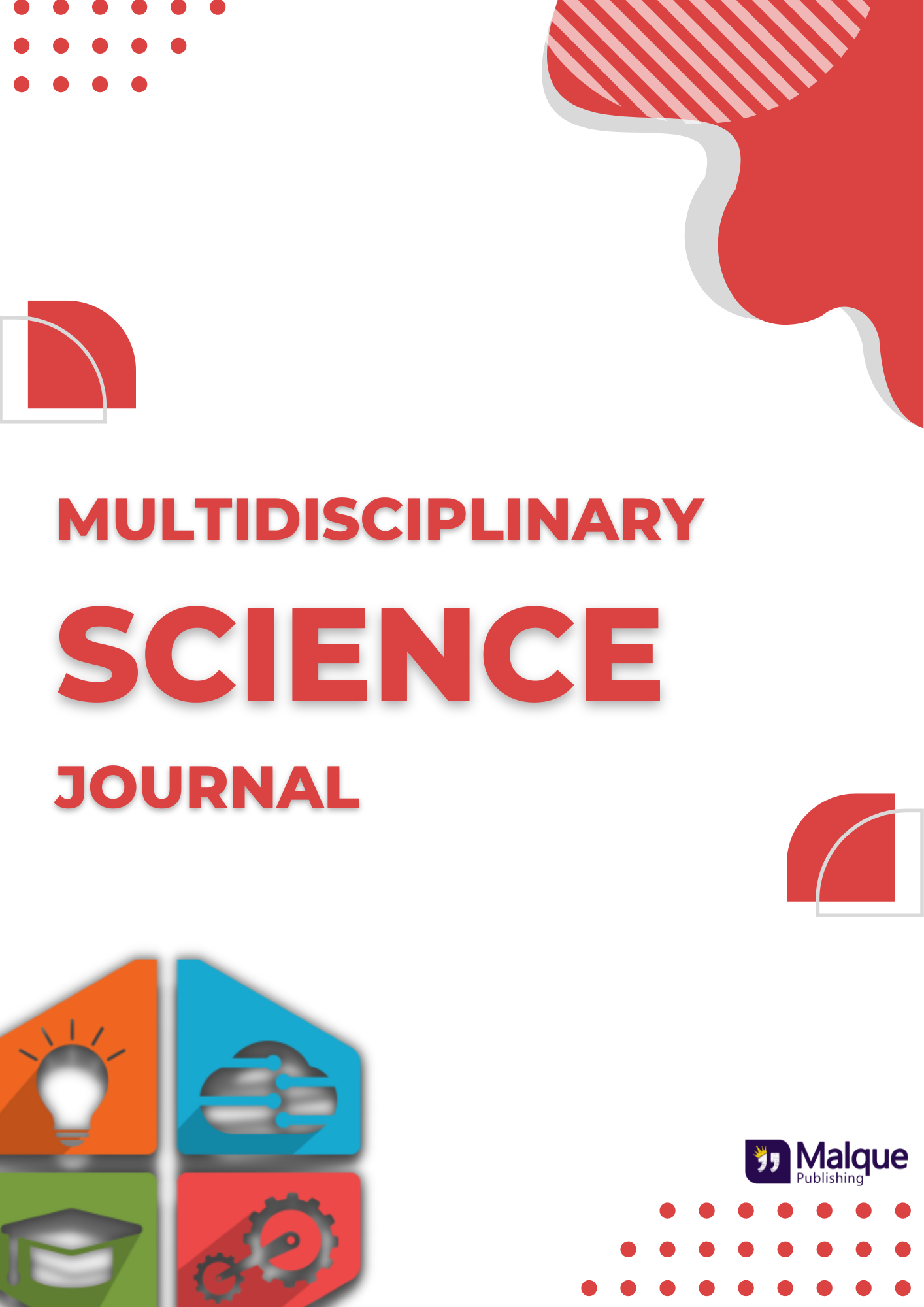Cutting temperature of graphene reinforced ceramic cutting tool inserts during dry turning of hardened steels
Abstract
The amount of heat generated during machining operations under high speed and depth of cut inherently produces high temperatures at the cutting zone. Therefore, the temperature generated at the cutting junction of the tool and workpiece is a crucial parameter in determining the quality of the finished product. The effect of the generated cutting temperature, especially at elevated temperatures, primarily affects both the workpiece and the cutting tool. Knowledge of the cutting temperature generated at the tool tip can improve tool life and machining performance. In this work, turning operations were performed on a hardened steel workpiece of grade EN24 and EN36 using alumina-graphene composite ceramic tool inserts under different machining conditions on a precision lathe without coolant (dry machining). The maximum temperatures generated (offset temperature, i.e., 4 mm away from the tool insert tip) at the tool insert were measured during the turning of hardened steel workpieces with the aid of a calibrated thermocouple. A study was also conducted on the effect of different weight percentages of graphene in alumina ceramic tool inserts on the generated offset temperatures. During the machining of both the EN24 and EN36 samples, it was clearly observed that offset temperatures generated at composite tool inserts reinforced with 0.35 wt% and 0.45 wt% of graphene were lower at all machining conditions compared to offset temperature values generated at 0.15 wt%, 0.25 wt%, 0.55 wt%, 0.65 wt% graphene-reinforced alumina ceramic tool inserts, as well as pure alumina tool inserts.










